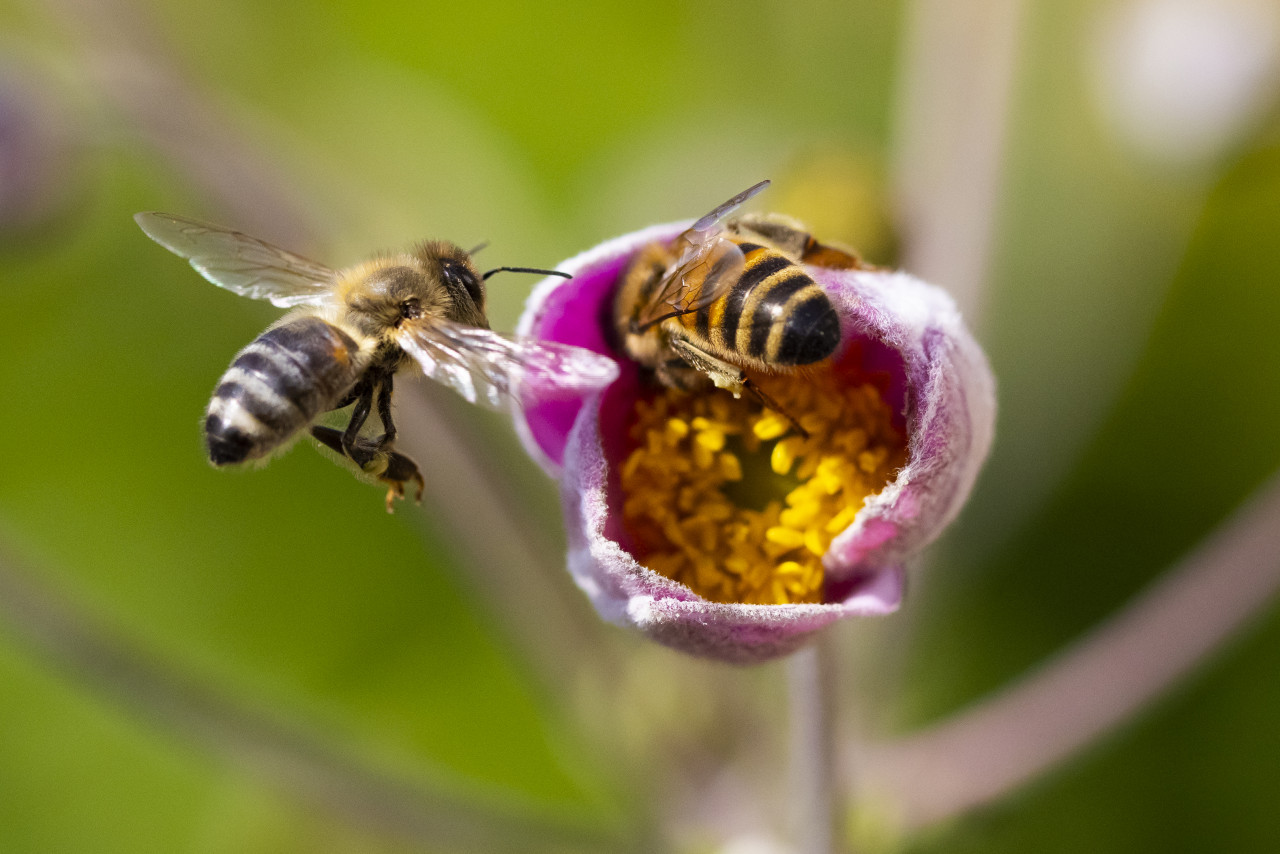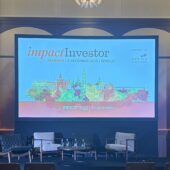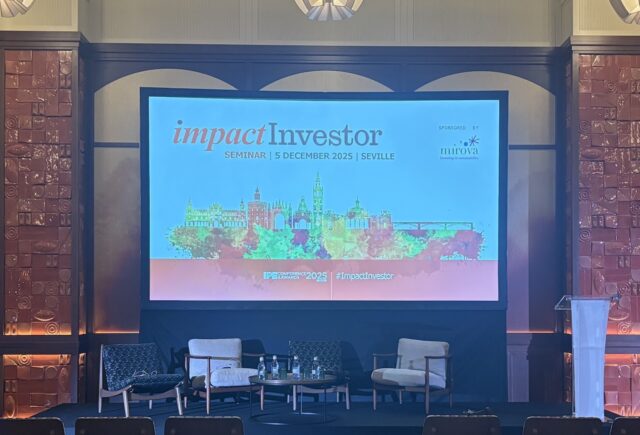Asset managers are waking up to the economic impact of biodiversity loss, and support efforts to counteract the loss of nature. But measuring a portfolio company’s impact on biodiversity remains a challenge.

In brief
- Biodiversity is seen as the next stop in sustainable investing
- But measuring the loss of biodiversity is more difficult than measuring CO2 emissions.
- Robeco sees the loss of biodiversity as a ‘systemic risk’
Asset managers are increasingly interested in the impact on the economy of issues affecting biodiversity, from water scarcity to dying bees. “The momentum for biodiversity is starting to come,” says Danny Dekker, senior advisor on responsible investment at asset manager Van Lanschot Kempen.
Climate change and reducing global warming are often central to sustainable investing, but biodiversity – the diversity of plant and animal species in the world – is also crucial for sustainable investors, says Dekker. “Biodiversity is a crucial defense mechanism in tackling the wider environmental crisis.”
And there is no time to lose: according to the UN, one million plant and animal species are threatened with extinction, a process which is accelerating.
Priority
Biodiversity is also high on the agenda at asset manager Robeco. “In addition to climate and human rights, this is the most important spearhead of our sustainability strategy,” says Peter van der Werf, senior manager engagement at Robeco.
“We see the loss of biodiversity as a systemic risk. Many companies depend on biodiversity. Think of access to fresh water for all kinds of factory processes, or the quality of marine ecosystems for tourism, shipping and fishing.”
“We see the loss of biodiversity as a systemic risk. Many companies depend on biodiversity.”
Van der Werf, an environmental scientist, speaks of a “rapid decline in many ecosystems”. This leads for instance to a deterioration of the quality of arable land, which in turn may have major consequences for the harvest of Brazilian soy farmers, and therefore the profits of investors.
“Another example is the death of bee populations. This causes a lack of natural pollination,” he adds.
Biodiversity Pledge
Van Lanschot Kempen and Robeco are not the only investors concerned about the economic consequences of biodiversity loss. Last summer, a group of 26 banks, insurers, asset managers and impact investors, including eleven Dutch investors, signed the Finance for Biodiversity Pledge, calling on governments to reverse the process of natural loss.
They also pledged to support the effort through their lending and investments. In addition to Van Lanschot Kempen and Robeco, the signatories included ASN Bank, Rabobank, Axa Group and HSBC Global Asset Management.
It is difficult to say whether much has been achieved since then. Dekker says: “At the moment this pledge is non-binding, in the sense that there are no regulations in the field of biodiversity.”
He does point out that in the ‘taxonomy’ used in the new green EU rules, the Sustainable Finance Disclosure Regulation, biodiversity is an indicator. “That will help, and it could grow into something akin to the framework we use to measure climate risk.”
Fifteen international conferences have been held in the field of biodiversity. The last time this so-called Conference of the Parties took place was in October, in Kunming, China.
Dekker: “Although the Kunming Declaration was disappointing in some respects – it lacked concrete objectives – more than a hundred national governments have pledged to take the protection of habitats into account in their decision-making. It’s a start.”
Challenge
At the moment, biodiversity investing mainly means that there are discussions with companies, or that companies are excluded from portfolios if they are involved in activities that are demonstrably bad for biodiversity. Dekker explains: “We excluded Bayer from our own investment list after they acquired Monsanto, known for the production of agricultural pesticides.”
Robeco has drawn up a strategy that looks at a company’s footprint in terms of its impact on biodiversity. The asset manager is also working on developing a benchmark.
Van der Werf comments: “Together with other parties within the Biodiversity Accounting Financials Partnership, we are developing a general standard. This allows us to clearly see which companies cause the most damage to biodiversity.”
But measuring a company’s impact on biodiversity is a major challenge for investors, says Dekker. There is still a lack of sufficient market data and clear objectives: “A company’s plans to reduce emissions can be linked to the measurable goal of combating global warming. That is much more complicated for biodiversity.”
This article originally appeared in FD, the Dutch business daily on 5 Jan 2022






